What is VictoriaMetrics Anomaly Detection?
What does it do?
How does it work?
Getting Started
Key Features & Benefits
Customisable Configurations
In a single config define where to read data from, how often and what models to use on what data subsets, how and where to write produced metrics back.
Self-monitoring
VictoriaMetrics Anomaly Detection produces its own metrics for meta-observability.
Anomaly Detection Types Covered
Typical Use Cases
Getting Started
Anomaly Detection Resources
24h Support
Need Support?
Ground Control Is Here to Help With Support From The Core Team.
Ground Control is here to provide enhanced technical support, architectural and security guidance, help with adoption and integration and performance analytics.




